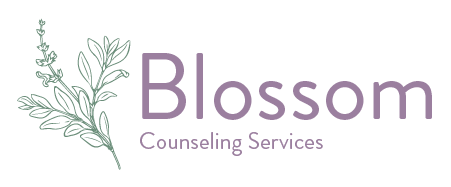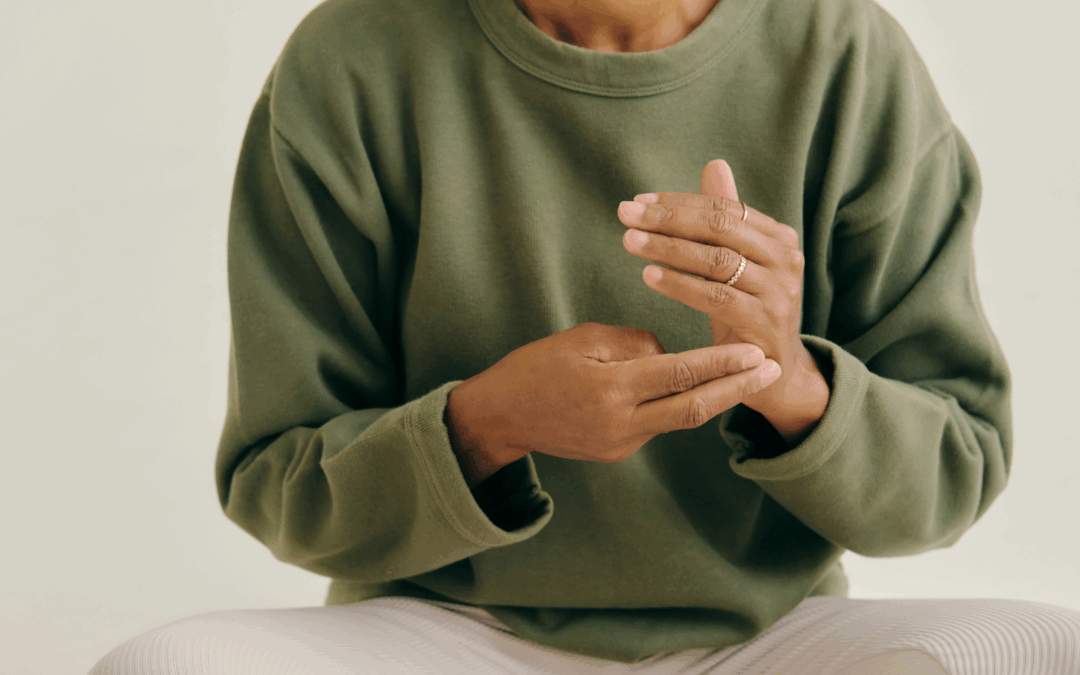Healing from trauma is rarely linear. It comes in waves—sometimes fierce, sometimes quiet—asking us to tend to wounds we didn’t create, stories we didn’t choose, and emotions we’ve long buried. For many, the healing journey involves revisiting past experiences in safe, intentional ways. One therapeutic tool that has helped countless people do this is EMDR tapping.
Rooted in both neuroscience and rhythm, EMDR tapping is part of Eye Movement Desensitization and Reprocessing (EMDR), a therapy that helps rewire the brain’s response to trauma. But in Indigenous-centered healing, the experience of EMDR can also take on a deeper, more spiritual dimension—because it reconnects us to the rhythm of our bodies, the memory in our bones, and the wisdom that healing is possible.
Let’s explore EMDR tapping through both a therapeutic and spiritual lens, answering common questions and offering guidance for those curious about this powerful modality.
What Is Tapping in EMDR?
EMDR tapping—also known as bilateral stimulation—is a technique used to help the brain process traumatic memories and reduce emotional distress. During a session, a therapist may ask you to recall a painful memory while gently tapping alternately on each side of your body (such as your knees, hands, or shoulders) or using handheld buzzers or auditory tones that alternate left to right.
This left-right rhythm activates both hemispheres of the brain and allows your nervous system to process trauma in a more adaptive way. The tapping mimics the brain’s natural process during REM sleep, when it works through emotional experiences.
In more spiritual terms, EMDR tapping is a kind of inner drumming—awakening parts of the self that have been frozen in time and inviting them to come home.
How to Do EMDR Tapping on Yourself?
While it’s best to begin EMDR work with a trained therapist, there are gentle tapping techniques you can try on your own to calm anxiety or manage stress. One common method is the butterfly hug, a self-administered tapping practice often used in EMDR therapy.
To try EMDR tapping on yourself:
- Cross your arms over your chest so your hands rest just below your collarbones, like a butterfly’s wings.
- Begin gently tapping one hand, then the other—alternating slowly.
- Close your eyes or gaze softly downward.
- Breathe deeply and bring to mind a calming image, memory, or affirmation.
- Continue for 1–2 minutes or until you feel a sense of grounding.
This technique can be especially comforting for those who feel disconnected from their bodies due to trauma. The rhythm reminds your nervous system: You are here. You are safe. You are not alone.
For a deeper look at what to expect in a full EMDR session, you can read our guide on the EMDR experience, which walks you through each phase of the process in a gentle, accessible way.
What Is the Butterfly Hug in EMDR?
The butterfly hug is a form of self-soothing bilateral stimulation used in EMDR to help clients regulate their emotions during or between sessions. It was originally developed by EMDR therapists in Mexico after a natural disaster, as a way to offer psychological support to children who had experienced severe trauma.
The gesture itself is simple but powerful: crossed arms, alternating taps, steady breath. Yet in practice, it reconnects people to their breath, their heartbeat, and their power to comfort themselves.
In Indigenous cultures, butterflies often symbolize transformation and spiritual evolution. It’s no coincidence that this healing gesture carries that name—it invites transformation from within.
Why Is There a Controversy With EMDR?
EMDR is widely respected and supported by a strong body of research. However, some skepticism exists in the broader mental health field due to its unique methods—like tapping or rapid eye movements—which may seem unconventional to those used to more traditional talk therapy.
The controversy often centers on how and why EMDR works. Some critics argue that it’s the structured exposure to traumatic memories—not the tapping itself—that produces results. But for those who’ve experienced EMDR firsthand, the combination of rhythmic stimulation and memory reprocessing can feel profoundly transformative.
What’s important is this: many clients—especially those who haven’t found relief through other modalities—find EMDR to be the missing piece in their healing journey. Its power lies in what it activates inside of you—not just mentally, but spiritually and somatically.
EMDR as Ceremony: A Rhythm of Release
For Indigenous peoples, healing has always been holistic—body, mind, spirit, and community. EMDR tapping echoes the traditions of drumming, chanting, movement, and rhythm that have long been part of communal and individual healing practices.
Tapping is not just a neurological tool—it’s a rhythm of release. A way to move energy that’s been stuck for generations. A path to speak the language of the nervous system through sensation, not just words.
Ready to Heal What Lives Beneath the Surface?
If you’ve felt stuck in old patterns, haunted by memories, or disconnected from your sense of self, EMDR tapping may offer a path forward. It doesn’t erase your past—but it helps you relate to it differently, with more peace, power, and presence.
At Blossom Counseling Services, we offer EMDR therapy rooted in trauma-informed care and Indigenous values. We create a sacred, grounded space for you to explore, release, and reclaim the parts of you ready to heal.
Book a session with Blossom Counseling Services today and begin your journey with EMDR tapping—where healing is not only possible, but sacred.
Get Started
You may call, text message, email, or fill out the form to reach us. We will respond within 48 hours, Monday through Friday.
We Will Help You Find Your Fit
We know that looking for a counselor can feel overwhelming.
We are here to help guide you to the counselor that is best for your needs. If that counselor turns out to
not be in our practice, that's okay. We know great counselors that we'd be happy to refer you to.
What’s most important to us is that you get connected with the help you need. We are here for you.

